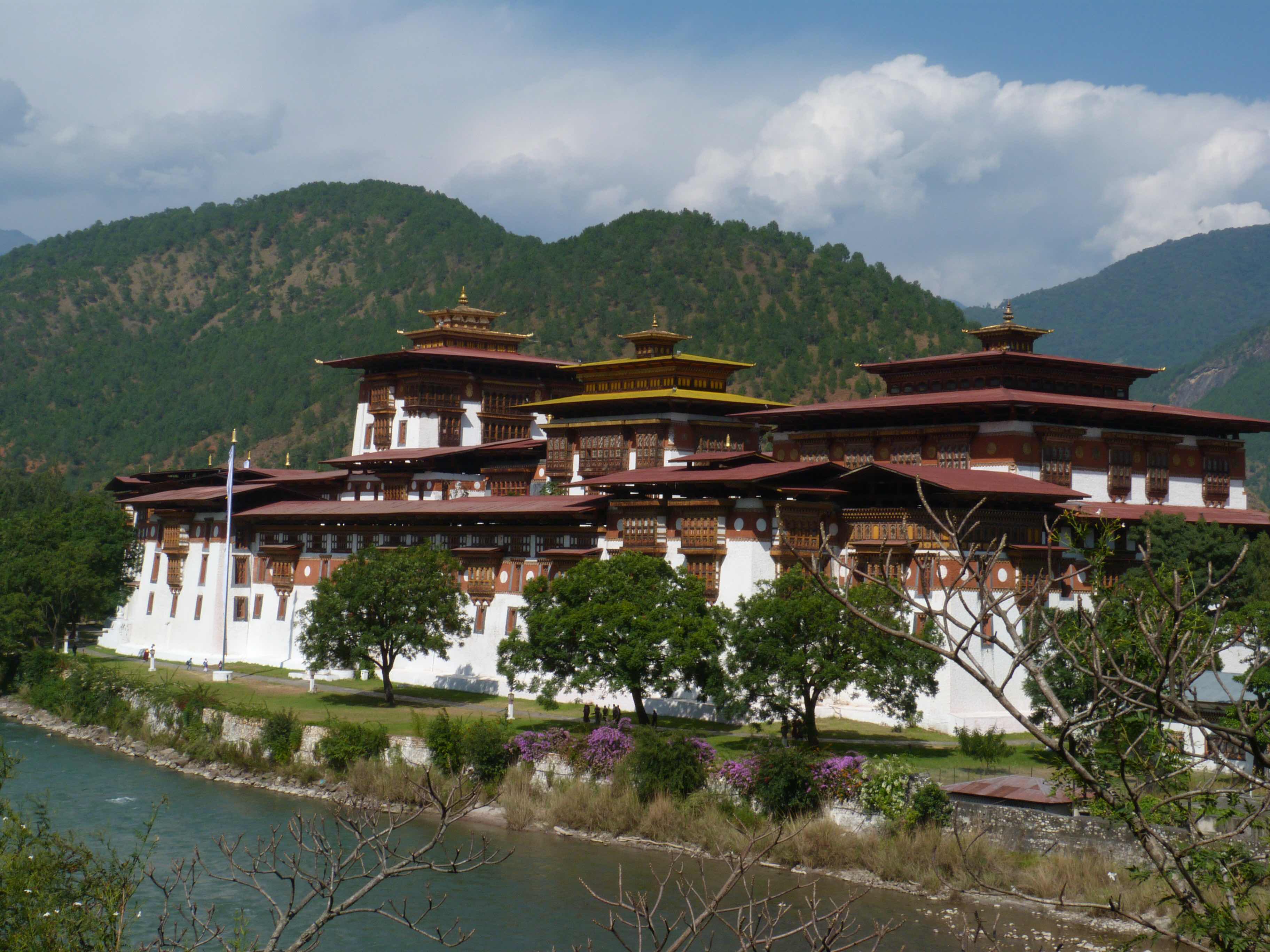Day 12
We woke to bright blue skies, it was our second rest day and Laya was an excellent place for it. We wandered through the village to find two shops where we bought superglue in one (for some repairs) and a bottle of coke in the other.

Well dressed children made their way to the school which had 150 pupils according to the two teachers who were busy painting a plastic bottles fence alternate green and white.
The owner of our camp, already qualified as the most important man in the village, suddenly appeared at the door to the Gompa to give us a commentary on its history and artefacts. This was translated by our deputy trek leader Tsewang. This was the first time he had done a guided tour for clients, he was a last minute replacement for someone who had to leave the team due to illness in the family. He was on an apprenticeship having graduated from being a member of the trekking crew, although rather serious, he worked very hard for us. The Gompa contained the present Buddha, Sakyamuni, on his left Zhabdrung (who arrived in Bhutan from Tibet in 1616 and is considered the founder of Bhutan) and on his right Guru Rinpoche (precious teacher) . Otherwise known as Padmasambhave, he is credited with bringing Buddhism from India to Tibet and Bhutan.
Our afternoon was spent relaxing and washing but culminating, not only with our second shower (bucket of hot water) but a few of us sampled a “hot rock bath” a wooden tub filled with water and with a partition in which rocks from a fire are placed. Holes between partition and main tub where you sit allow hot water to flow.
This was all outside with splendid views and expertly executed by Sangay and Tsewang. Our final treat after dinner was to be invited into a house for salt butter tea (Suja) and a display of traditional Laya songs and dance, all of which were very similar but good to experience.









Comments
Post a Comment